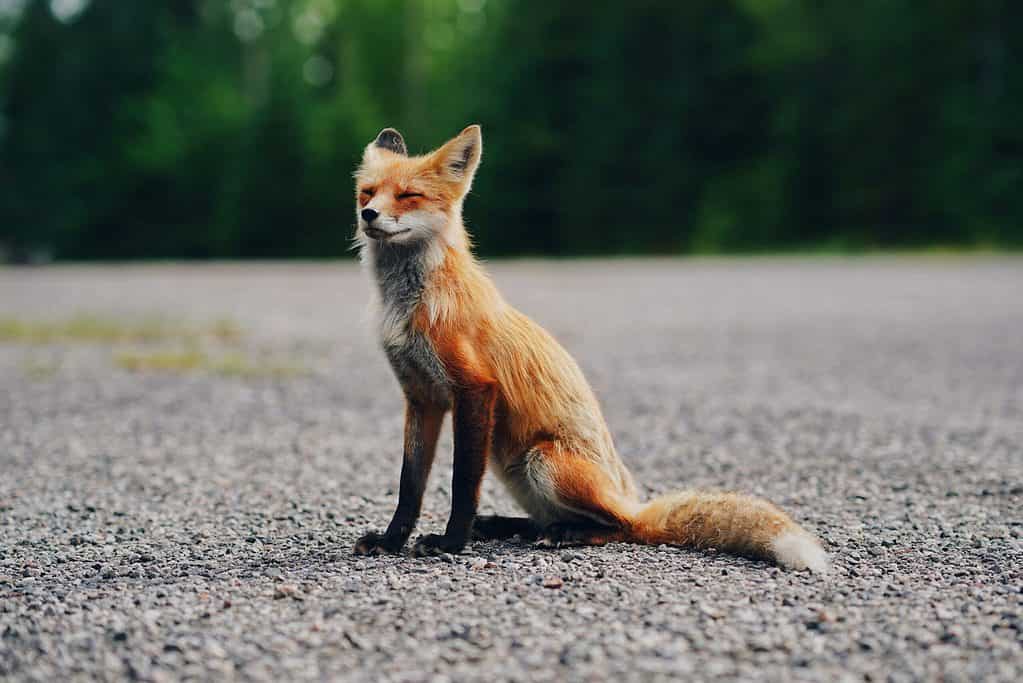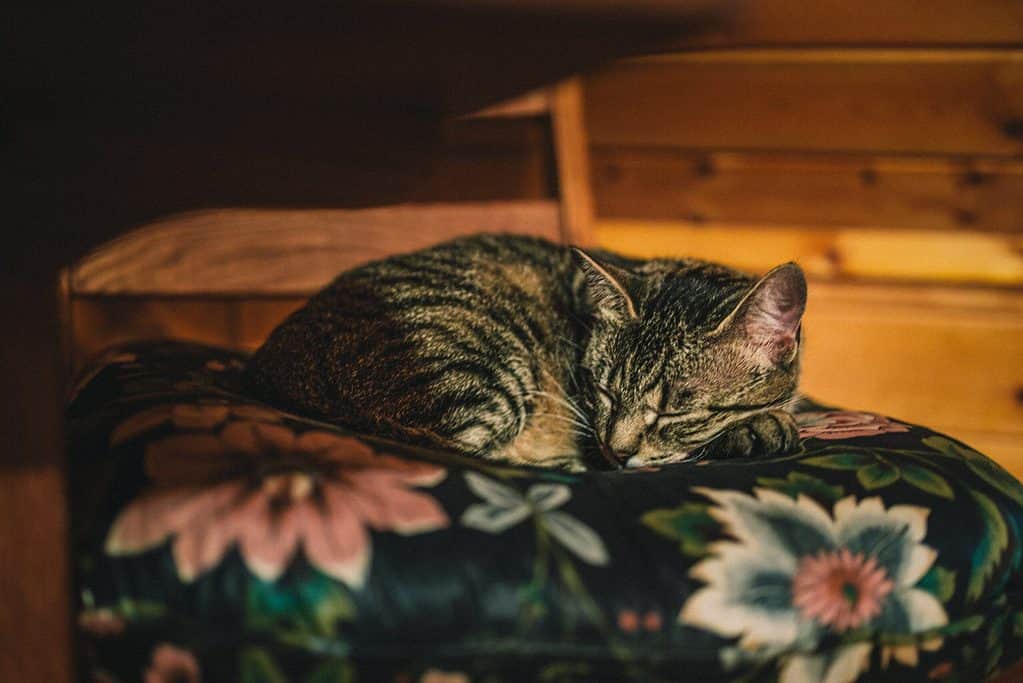As I’m writing this, about a half dozen cats are roaming around the neighborhood, roaming the great (and highly urbanized) outdoors. Most owners who let their cats roam think they’re doing a good thing, enabling their furry friends to do some exercise and harmless exploring. But the exploring isn’t harmless at all: for cats, the outdoors are filled with risks — both for themselves, and for local wildlife.

Ever since cameras and motion sensors became small, people wanted to put them on cats and see what they’re doing. Cats that are allowed to go outdoor do roam, and they roam a lot, putting themselves and local wildlife at risk. The new study followed cats in Washington DC over three years, using cameras and sensors to track how cats interact with local wildlife.
The authors, from the University of Maryland, note that there’s a lot of overlap with the territories of other wild animals that could pose risks to house cats — either through violence or through disease.
“We discovered that the average domestic cat in D.C. has a 61% probability of being found in the same space as racoons—America’s most prolific rabies vector—61% spatial overlap with red foxes, and 56% overlap with Virginia opossums, both of which can also spread rabies,” said Daniel Herrera, lead author of the study and Ph.D. student in UMD’s Department of Environmental Science and Technology (ENST). “By letting our cats outside we are significantly jeopardizing their health.”
While the study focused on Washington DC, the findings likely carry out in many other cities as well. For instance, in late 2021, news of a “cat killer” in London made waves killing over 300 cats in a short period of time, but DNA analyses found that the killer was actually foxes.

It’s not uncommon for cats to get into fights with other cats or, more dangerously, wild animals that can pose great peril to them. In addition, the risk of cats contracting diseases from other wildlife is very real, the researchers found. Whether it’s diseases that can be passed on to humans (like rabies or toxoplasmosis), or diseases that can only affect the cats themselves, cats that roam outside are far more exposed to diseases.
In addition for the cats being more at risk, they are also a risk to other, smaller wildlife that they often hunt. The study found that cats also share the same space with gray squirrels, chipmunks, cottontail rabbits, groundhogs, and white footed mice, animals which cats have been known to hunt. Notably they don’t seem to be that good at catching rats, contrary to popular belief.
“Many people falsely think that cats are hunting non-native populations like rats, when in fact they prefer hunting small native species,” explained Herrera. “Cats are keeping rats out of sight due to fear, but there really isn’t any evidence that they are controlling the non-native rodent population. The real concern is that they are decimating native populations that provide benefits to the D.C. ecosystem.”
The study found that cats didn’t really like roaming across natural landscapes. They seemed to dislike things like open water and canopy cover, and only roamed more when they were surrounded by man-made elements. In other words, cats roam more in highly urbanized environments — so the negative outcomes that result from cats interacting with wildlife arises mostly from human activities.
“These habitat relationships suggest that the distribution of cats is largely driven by humans, rather than natural factors,” explained Travis Gallo, assistant professor in ENST and advisor to Herrera. “Since humans largely influence where cats are on the landscape, humans also dictate the degree of risk these cats encounter and the amount of harm they cause to local wildlife.”

Since humans heavily influence the spatial distribution of cats, it’s up to humans to be responsible and minimize the risks faced by cats and the risks that cats impose on native wildlife, the researchers conclude. It’s important to at least consider prohibiting the release of cats, at least in areas where there is a lot of urban wildlife. While owners may not like this, they should consider that indoor cats are healthier and live longer than their outdoor counterparts
It should also be noted that while we may not notice it, urban or suburban wildlife is often thriving right in front of us. Many species have adapted to the urbanized environment and are abundant but elusive. Animals are understandably shy of humans, but go out more when humans are less active — often, this means during the night.
The researchers also emphasize that feral cats are equally at risk of contracting diseases and causing native wildlife declines, and municipalities should start working on measures to prevent them from roaming freely where the risk of overlap with wildlife is high.
Journal Reference: Daniel J. Herrera et al, Spatial and temporal overlap of domestic cats (Felis catus) and native urban wildlife, Frontiers in Ecology and Evolution (2022). DOI: 10.3389/fevo.2022.1048585









